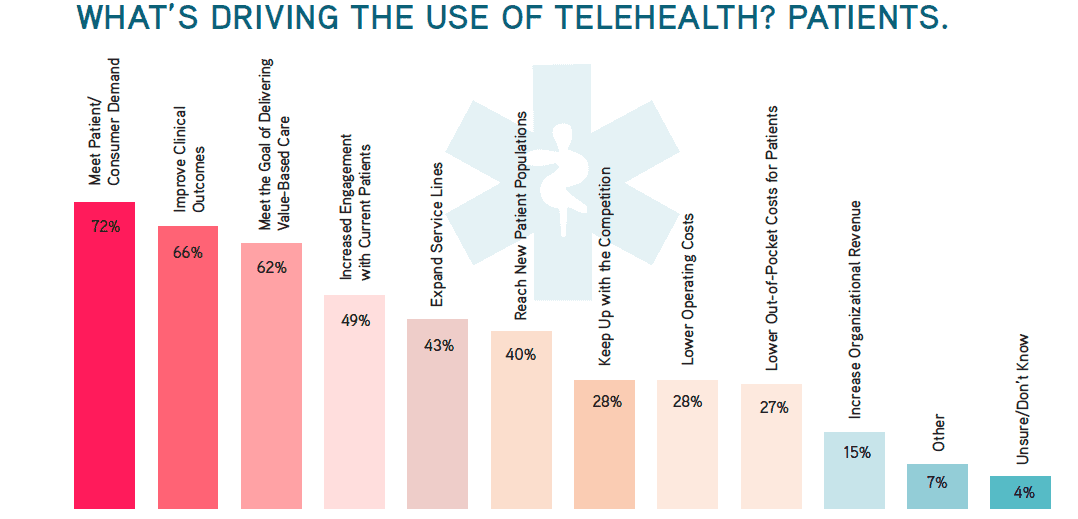Since the Affordable Care Act began in 2010, more than 16 million people have enrolled. And with a new season of open enrollment starting Nov. 1, many Americans will be reevaluating their health care priorities in the coming months.
The need to deliver quality care to more people means the industry needs to find alternative ways to keep quality up and costs down. Emerging in congruence with this new landscape is a technology solution that can even the playing field — telehealth.
Health insurance companies are vowing to further their investments in telehealth, with Cigna recently announcing that it will flesh out its telehealth suite in 2017. In its expansion, the company is adding mental health and substance abuse patients to those eligible for telehealth.
This desired expansion is reflected in the recent “Closing the Telehealth Gap” study from Avizia, makers of the only end-to-end telehealth platform on the market, which asked more than 200 healthcare executives about their their current and future telemedicine plans. But what is propelling this market to grow and make a projected $34 billion by the end of 2020? After meeting the demands of patients and consumers, telehealth’s benefits break down into three core categories: improved care, improved patient experience and cost savings.
When you think about it though, telehealth growth almost seems inevitable. We’re living in an increasingly connected world, where once difficult tasks are being replaced with stay-at-home solutions. Before, when you’d go holiday shopping, it involved multiple trips through traffic to crowded shops. But now, much of that hassle has been reduced with next-day package delivery from online warehouses. Just the same, there is a growing demand for on-the-go care from both patients and care facilities. Telemedicine enables remote patients to be under the care of top physicians from urban areas, which has a proven benefit when treating patients for emergency stroke treatment, for example.
But like all disruptive industries, telehealth faces challenges. Reimbursement and pay structures are a hurdle despite associated reduced costs. And the “Closing the Telehealth Gap” study found that laws in small states were more likely to raise regulatory issues surrounding telehealth. Many of these states house the rural communities where large medical facilities are a day trip away.
Telehealth can serve as the great democratizer of patient care if embraced by state regulations and through increased adoption by insurance providers. Avizia’s study shines a light on the state of health care and can help illuminate the path clinicians, insurers and politicians need to take to further the benefits of telemedicine.
For more information on Merritt Group’s work with Avizia, visit our case study page or download a copy of “Closing the Telehealth Gap.”


